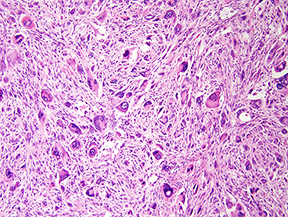
Cancer is most dangerous when it has spread, or metastasized, from its original site in the body. A tumor that began as an isolated mass – often treatable by surgery and/or radiation therapy – can become a dispersed, much more difficult to treat, malignancy.
For cancer to spread, several steps must occur. As a result of genetic mutations or other changes, cells in a once travel-averse tumor develop a biological wanderlust. They gain the ability to break free from their neighbors and survive untethered from the original tumor mass. One way they manage to invade and crawl through surrounding tissue is by switching on genes otherwise reserved for use in fetal development.
Read more:
Eventually, these renegade cells encounter a blood or lymph vessel, which provides a kind of highway system to the rest of the body. Slipping into the vessel, they ride the current of blood or lymph to a new site. There, they make their way through the vessel walls, and establish residence. Continuing their frantic pace of growth and division, they eventually form a new colony, tapping into the body’s bloodstream for nutrients and growth stimulants. The result is a metastasis of the original cancer.
Metastasis is not inevitable for any type of solid tumor. It occurs only when a sequence of genetic changes occurs that allow the cancer cells to undertake and survive each stage of their journey from their initial location, and only when the body’s natural defenses are unable to stop them. Even then, many metastatic cancers lie dormant for years before they begin to grow again, if at all.
A great deal of research is underway to understand the genetic alterations that endow cancer cells with metastatic ability, and to deprive them of the capacity to spread.
